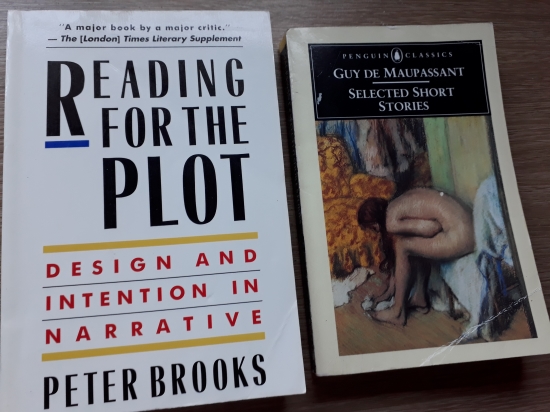
Part 1
Embedded-Archetype Recycling
Introduction
More so than any other medium, the motion picture – also known as film, cinema, and most commonly, movies – has the capacity to convey ideas and themes whilst bypassing the viewer’s awareness of having done so; meaning that even the reception of the content generally remains unperceived, i.e. let alone its affect and techniques thereof. This principle can be observed by the substratum of archetypal themes from which movie* narratives are constructed upon; by the industrial recycling of these archetypes, evident in movies that are differentiated by time and genre; and by the common obliviousness to embedded elements and the pervasiveness of this practice.
*Although most of this article concerns movies, the discussion generally applies to television fiction too, particularly since it has become more cinematic in recent years. Movie narratives, however, are the primary form of embedded-archetype recycling.
I have termed the principle behind this practice ‘embedded-archetype recycling’, where “archetype” refers to a type of character or theme that is ancient, or at least pre-modern (hence being adapted into modern form); where “embedded” refers to the concealment of the archetypes within the overt narrative; and where “recycling” refers to the institutional practice of reapplying these archetypes to the narratives of “new” movies (hence, archetypes pervade the medium irrespective of era divergences and genre differences between movies).
Continue reading “There’s Something About Movies (2-Part Special Edition)”



